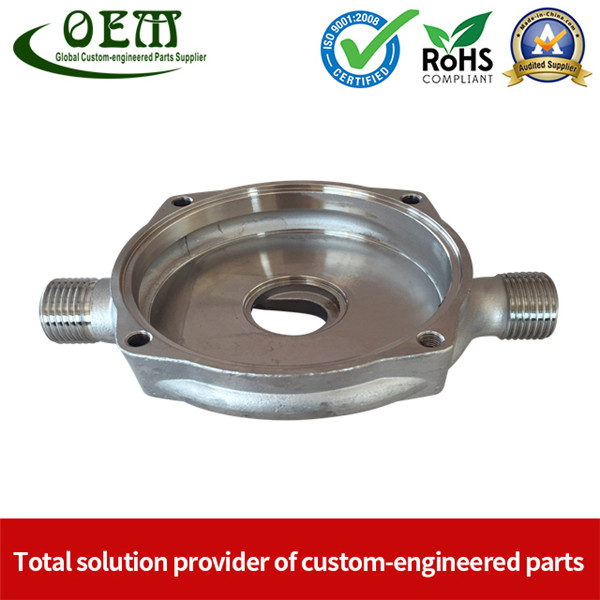
[Industrial Knowledge] Why 5-axis CNC machine is Perfect for Your Company? The computer system numeric control (CNC) devices have been around for numerous years now. They have actually enhanced the level of efficiency as well as precision in manufacturing processes. These machines are extensively utilized across markets for creating simple and also complex parts in different specifications. The equipment is differentiated right into three kinds-- 3-, 4-, and 5-axis equipment, based upon their axis of movement. All CNC devices are designed to have at least 3 axes-- X, Y, as well as Z. The 3-axis equipment is one of the most typical types of CNC devices. In 4-axis CNC machines, there is a fourth axis-- A-axis-- understood to turn around the X-axis, whereas when it comes to 5-axis, there is a B axis that turns around the Y-axis. There are three rotational axes-- A, B, and also C. Amongst these versions, the 5-axis CNC machine services have actually gotten popular in the last few years.